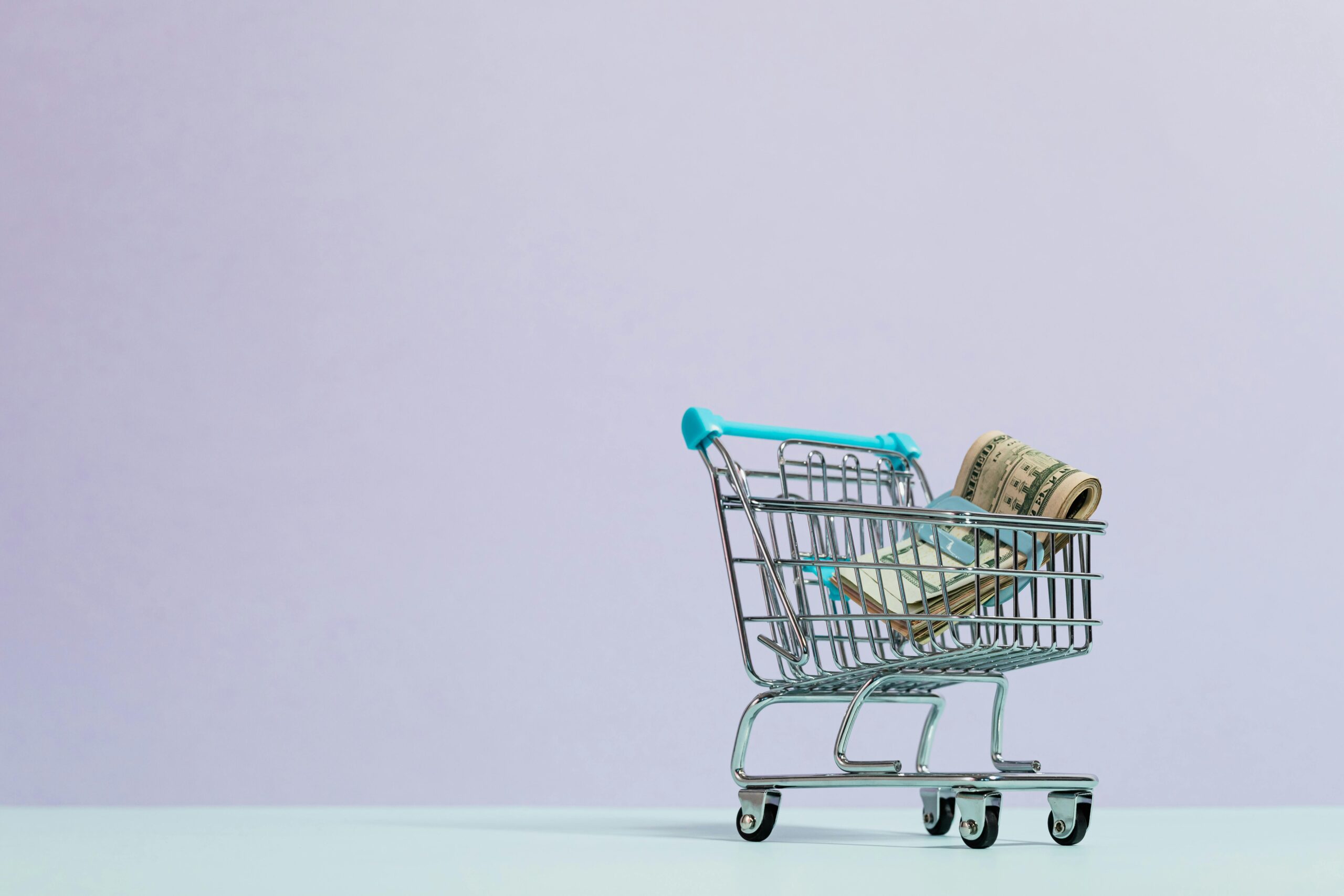Key highlights:
– Recommerce refers to the buying and selling of pre-owned or pre-used goods
– Affordability, accessibility and sustainability are three of the main benefits to recommerce
– 73% of millennial consumers reveal they prefer to purchase from sustainable brands
– Recommerce is a trend here to stay, supporting sustainability goals while offering a cheaper alternative to brand new products
Each year brings new trends and directions for the retail industry – and some are here to stay.
Whether it be AI support, social commerce or on-site personalisation, various new trends appear and disappear over time – depending where they place on consumers’ priority lists at the time.
The pandemic, ongoing cost of living crisis and renewed sustainability efforts have all impacted consumer attitudes and behaviours, ultimately creating new trends for retailers to be aware of.
While recommerce is definitely no new concept, we’ve seen a massive increase in demand for resale items in recent years. Fashion recommence revenues are currently growing 24 times faster than regular sales.
But first, let’s establish…
What is recommerce?
Otherwise known as ‘reverse-commerce,’ recommerce refers to the buying and selling of pre-owned or pre-used goods, extending their life to new users.
The idea of recommerce has been around for years. On the high street, think vintage or charity shops. In the online space, retail giants such as eBay have long facilitated the process of re-selling goods.
Referred to as ‘thrifting’, recommerce has undoubtedly become a mainstream activity. That’s thanks to the benefits it brings to consumers and retailers alike.
While our minds may initially go towards second hand clothing, recommerce is much more that that. High street and online retailers are embracing the new recommerce trend. That means selling a range of products from pre-used electronics to old bits of furniture. The possibilities are endless.
What are the benefits of recommerce?
It all comes down to the three ‘ibility’s…
1. Affordability
2. Accessibility
3. Sustainability
For consumers, an obvious benefit of recommerce is the price. Generally, second hand goods are offered at a lower, discounted price. That’s in a bid to match their decreased value as they’re used over time.
These second-hand products have become a much more affordable option for consumers who don’t have the cash to buy a brand-new product at full price.
Recommerce also gives consumers more options when it comes to buying a new phone or sofa, for example. That’s because they can access an older model or last season’s product, at a discounted price.
Like offering finance options at the POS, recommerce gives consumers increased flexibility in their shopping. This makes more products more accessible to more consumers. A win, win for you and your customer alike.
Finally, the recommerce model is centred around making use of what’s already out there.
Instead of making new products and throwing what we don’t need away, recommerce is built around extending the lifecycle of items already in circulation. Simply put, that lowers the need to make new stuff.
Recommerce supports ongoing sustainability goals [CB1] for consumers and retailers alike. It capitalises on a product’s full lifecycle and reduces the speed of product manufacturing.
Why is recommerce the next consumer trend?
Consumer trends are influenced by what’s going on in the world. The pandemic accelerated online shopping, for example, while the rise of technology furthers AI use in retail.
In 2022, two key factors seem to be weighing on the mind of consumers as they shop:
1. Sustainability and the environment
2. Financial concerns
Both of these issues are impacting the way consumers behave. For instance, the cost of living crisis is making Brits more careful about how they spend their money. Environmental concerns are making them more careful too.
Recommerce is perfect for those environmentally-savvy consumers looking to save some money. It offers a more sustainable and economical solution to their worries.
Sustainability
As 73% of millennial consumers reveal they prefer to purchase from sustainable brands, there’s no doubt that recommerce is a trend here to stay.
We’ve seen retailers launch their own recommerce sites. We’ve seen apps such as Depop and Vinted gain increasing popularity over time.
Outdoor fashion brand Patagonia, for example, has accumulated a large following over time thanks to its focus on the environment and sustainably sourced clothing. Offering services such a lifetime guarantees and reasonably priced repairs, Patagonia has become one of the world’s best-known outdoor brands – with sales of about $1 billion a year.
As consumers continue to make more environmentally-responsible choices, recommerce is definitely a trend for 2022 and beyond and not one to be ignored by retailers.
Financial concerns
As the UK faces an ongoing cost of living crisis, Brits are looking to curtail their spending and save where they can. That naturally makes recommerce an even more attractive option.
Online sites such as musicMagpie allow users to resell their old tech and media, giving these items a new lease of life while helping put a bit of extra cash in the bank. Those then in need of a new phone or laptop, for example, can access the new tech for a fraction of the original price using the recommerce site.
Additionally, athleisure giant Lululemon recently launched its new ‘Like New’ recommerce platform. Here, customers can either trade in gently used clothing for a gift card, or purchase the used items on a specific web page on the site.
When explaining why they made the move, Lululemon’s SVP of global guest innovation revealed that the development should help expand their customer base. It was also hoped to attract a younger generation looking for better value deals.
Recommerce, therefore, not only offers a more sustainable option, but can also support younger generations on the hunt for a bargain. That’s as well as those with financial worries, providing a more accessible and affordable route to sought-after products.
**
Recommerce is most definitely a trend here to stay in 2022. It supports sustainability goals while providing a cheaper way for consumers to access the products they want.
DivideBuy’s interest-free credit options offer consumers even more flexibility in the way they pay, making products more accessible and affordable. For more information, book a demo today.




 Tweet
Tweet
 Facebook
Facebook


















